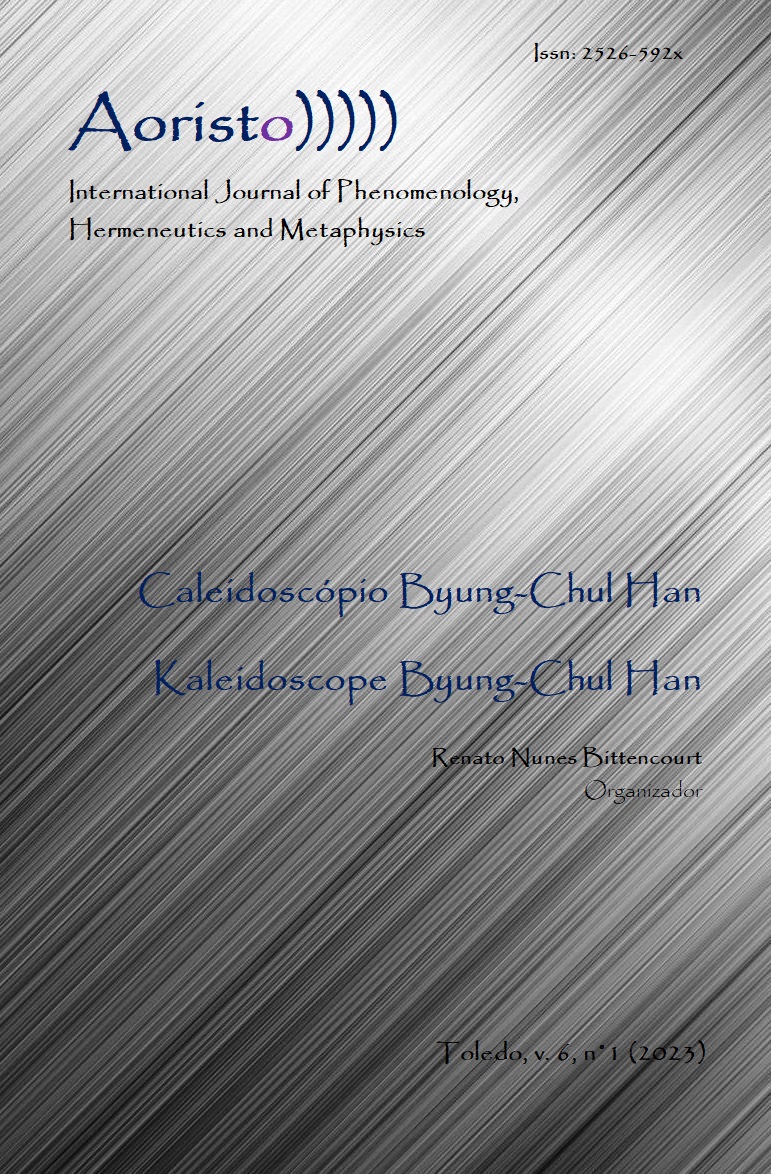Entre iniquidade e sofrimento
variações sobre o mal em Hannah Arendt e Byung-Chul Han
DOI:
https://doi.org/10.48075/aoristo.v6i1.31564Keywords:
Iniquidade, Sofrimento, problema do malAbstract
O presente artigo tem como objetivo primordial articular as experiências de iniquidade e sofrimento a partir da operacionalização de alguns conceitos decisivos das obras de Hannah Arendt e Byung-Chul Han. Nesse sentido, pretendo mostrar que uma das formas hegemônicas de experiência do mal na contemporaneidade se revela na produção de vidas descartáveis em meio a sistemas político-culturais violentos, que se caracterizam por estar em constante devir e por reduzir os devires à própria descartabilidade humana. Isso se revela tanto no mal radical presente nos campos de concentração nazistas, quanto na ditadora da positividade produtivista inerente a psicopolítica neo-liberal.
Downloads
Published
How to Cite
Issue
Section
License

This work is licensed under a Creative Commons Attribution-NonCommercial-NoDerivatives 4.0 International License.
Copyright Notice
1. I grant the AORISTO – International Journal of Phenomenology, Hermeneutics and Metaphysics the first publication of my article, licensed under Creative Commons Attribution (which allows sharing of work, recognition of authorship and initial publication in this journal).
2. I confirm that my article is not being submitted to another publication and has not been published in its entirely on another journal. I take full responsibility for its originality and I will also claim responsibility for charges from claims by third parties concerning the authorship of the article.
3. I also agree that the manuscript will be submitted according to the Aoristo’s publication rules described above.
License Creative Commons
This work is licensed under a Creative Commons Atribuição-NãoComercial-CompartilhaIgual 4.0 Internacional, which allows you to share, copy, distribute, display, reproduce, in whole or in part, for as long as there is no commercial purpose, and authors and source are cited.


